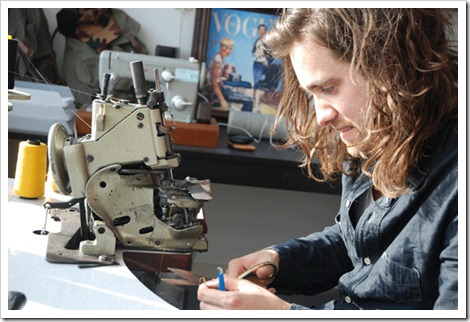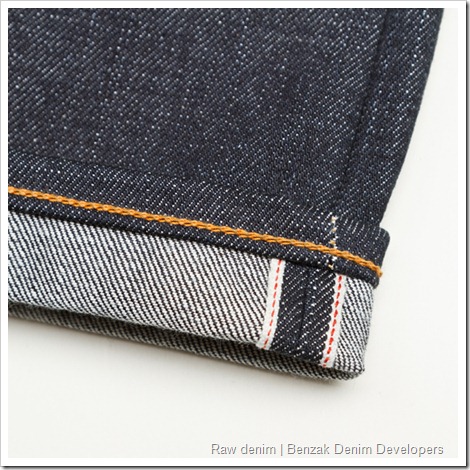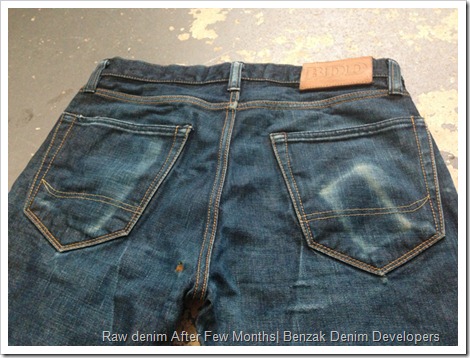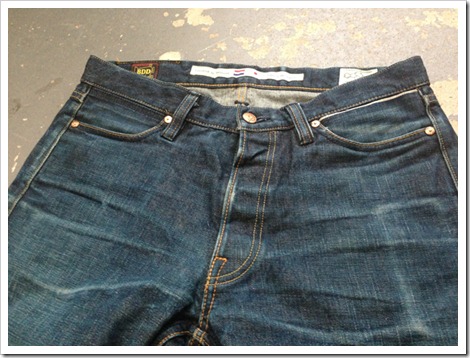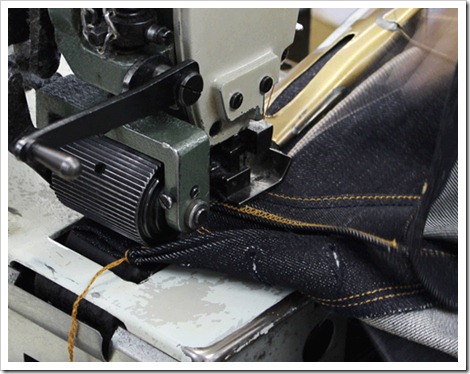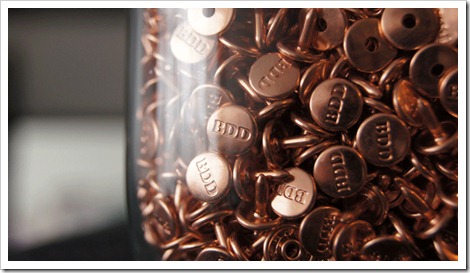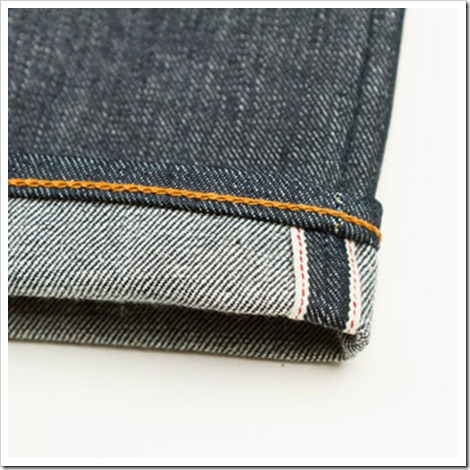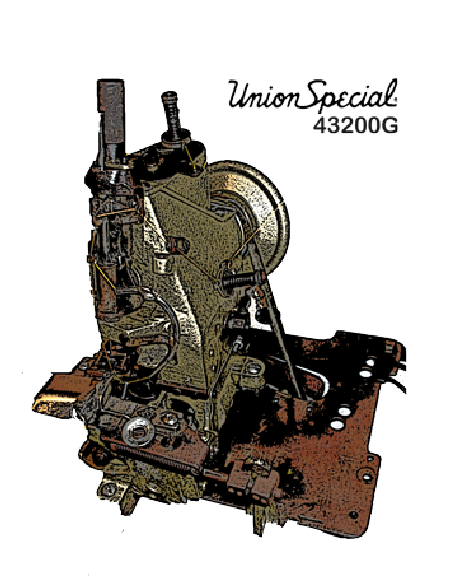Denim from Netherlands – the first recall from these words is “ G-Star” the mega brand from Netherlands. There are a lot other denim brands which are closely associated with Netherlands including Pepe , Tommy and others. While these are mega retail brands, we also have some niche small brands in Netherlands who try to explore the heritage denim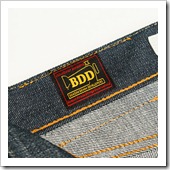
1.Tell us something on how you created your brand BDD ..
BDD was born from the passion for jeans and the unique fading capability of denim. I have been working in the denim industry for a couple of years now, and I was already highly interested in denim since the age of 16. Then, 5 years ago I started my own company, alongside working for other denim brands, to develop my own collection of items I wanted to wear. I do not do any concessions regarding anything when
it comes to my products; with BDD I strive to create a product that is perfect in my eyes. With the years and experience coming along the way my products have grown into something that I now fully stand behind. Although as a perfectionist I can always find small things to improve, which keeps me going forward with development all the time.
2.What makes you a denim aficionado and enables you to go deep down into denim DNA?
I’m not sure how to express what makes me a denim aficionado with words, as this has so much to do with emotion. Maybe it’s the fading capability of indigo, that makes every pair of jeans a unique item by wear and wash. Maybe it’s the rich history of jeans, that has roots in many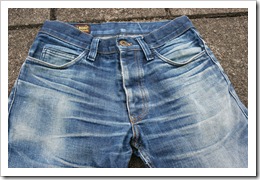
3.You do mainly raw denim in your collection. What makes working with raw denim a fun and a challenge ?
I prefer to refer to unwashed jeans as ‘dry’, from the term ‘dry goods’. I love dry denim as I want to create my own fading pattern, to reflect your every day of life. It is beautiful to see how 2 of the same pairs of jeans can turn out so different on 2 different people. It is really a blank canvas when you start, painting your experiences on it along the way. There are not many chances to catch me wearing a pre-washed pair of jeans.
4.Netherlands is increasingly becoming a denim hub. From the times when G-Star took off, we have seen denim roots growing . What do you think has helped denim brands to grow out of Netherlands.
There are a couple of reasons. First of all the Netherlands has a very healthy climate for big companies, regarding taxes and such. International companies like Tommy Hilfiger and Pepe Jeans are based here for (not limited to) this reason. Secondly the Dutch wear a lot of denim; young and old, rich and poor, everyone wears jeans. It might be the casual, no-nonsense attitude of the Dutch that goes perfectly well together with a pair of jeans. Also, because there are so many denim companies based in the Netherlands, for many years now, we have a high amount of experts in the field. This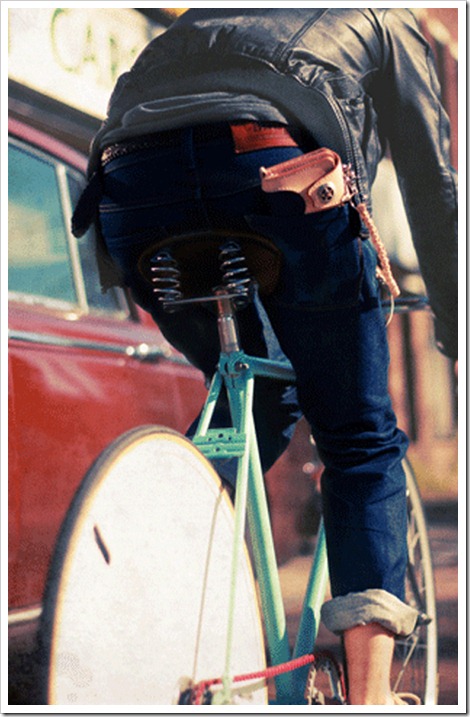
5.You have created a famous ‘sixth pocket’ on the jeans. What was the concept and idea behind it ?
The idea about the 6th pocket comes from the idea of staying true to the past, but at the same time evolving with time. Jeans used to have 4 pockets (2 front pockets, 1 backpocket and 1 coinpocket); a 2nd backpocket was added later to create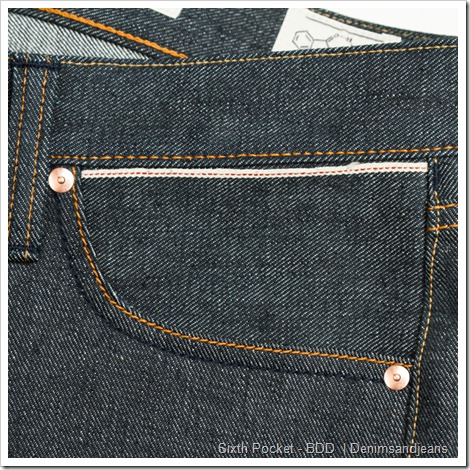
6.Your pieces are timeless and not season specific. What makes them so ? Do you think the timelessness is an inherent character of raw denim?
They are timeless because I do not look at fashion, but I follow a lifestyle that has been going on for years, with only minor changes applied over the years. My jeans could have been worn 5 years ago, and can still be worn in 5 years. It is about quality, about the fabric and construction, not what is the trend at the moment.
I don’t think the two (dry denim and timelessness) go together hand in hand: most timeless denim (but not all) is dry, but there are so many non-timeless dry jeans out there, as their main focus is not on the dry aspect.
7.When and how much to wash the raw denim? There are lots of debates on this subject with experts advocating minimum 1 year of wear without wash . What do you feel is the best period for the dry jeans to be washed ?
Ah, the endless debate of whether to wash or not to wash. There is simply no single correct answer, as it all comes to preferences. If you want to create super high contrast jeans, then delaying the first wash as long as possible is a good idea. If you want to have a more vintage and subtle worn in pair of jeans, you don’t have to wait too long. If you don’t like contrast, you should wash frequently, but then you should also think for yourself why you picked a pair of dry denim jeans ;-).
It also really depends on the quality of the fabric. Good quality denim can be washed much more frequently without losing it’s faded pattern. And don’t forget the temperature: wash at 60 degrees for more contrast (and shrinkage), or 30 degrees or even cold, to loose a less indigo as possible.
I prefer to have a very pronounced fading pattern (my personal wearing pattern), but without the super high contrast. So, I usually wash my jeans after between 6-9 months, depending on the evolution. But after that first wash I wash them much more frequently, like once every 3-4 months.
Washing is also good for the fabric: it stabilises the fibres from within. Without washing, the dirt will weaken the fibres and create rips and tears much too soon.
In the end, it all comes down to preference, but picking a pair of high quality jeans is always something I’d recommend.
8. According to you what are the most important characteristics of a denim fabric which make it special ?
Construction and cast are the 2 most important characteristics of a denim fabric in my opinion. I really love left hand twill denim because of the more subtle, low-contrast fading and it’s soft touch. The BDD-710 is a LHT denim, and so is the very first pair I did, the BDD-001. I’m always looking for special casts, such as green cast or grey cast, to create a ‘colour palet’, despite only using shades of indigo. The current pairs, BDD-006 and BDD-710, are now respectively a pure indigo and a green cast, which makes both of them stand out as they look very different. I also like a subtle slub in denim, not too much though. Weight is something that is a secondary priority to me. Selvedge too actually, although the nicest fabrics I have found are usually selvedge denim as well. But I can fall in love with a non-selvedge fabric just as easy — I have seen quite some really nice projectile loom fabrics over time.
8.Do you want BDD to continue to be niche brand or do you want to grow in volumes and take your denim to other segments too?
Like I explained before, for BDD I do not do any concessions, which means it will be very unlikely my brand can grow into big volumes. I pick quality over quantity. I simply love my product and enjoy working on it every day too much this way. But this is how I feel about it now; you should ask me the same question in 5 years again! 🙂
10.Can you take us through your latest collection?
The latest collection (and actually first ‘true’ collection of BDD) contains of 6 items: 2 jeans, 2 t-shirts and 2 accessories. The jeans are made in Japan, the indigo dyed t-shirts in Portugal, the belt in Singapore and the baseball cap in the USA; all area’s known for high quality products with their own speciality. For a detailed explanation of the products, please go to the website or check out the collection book
And by the way, if you are looking to get a chain stitch hem done on your jeans, BDD provides the service of doing so on a Union Special machine !


